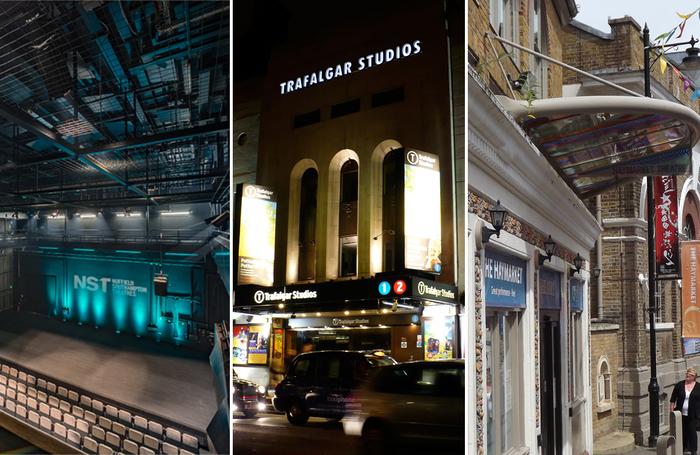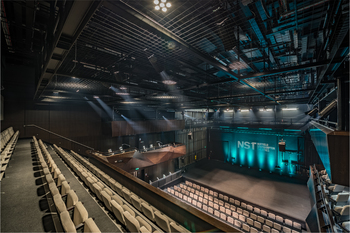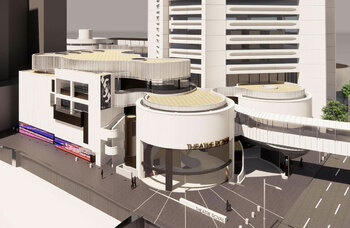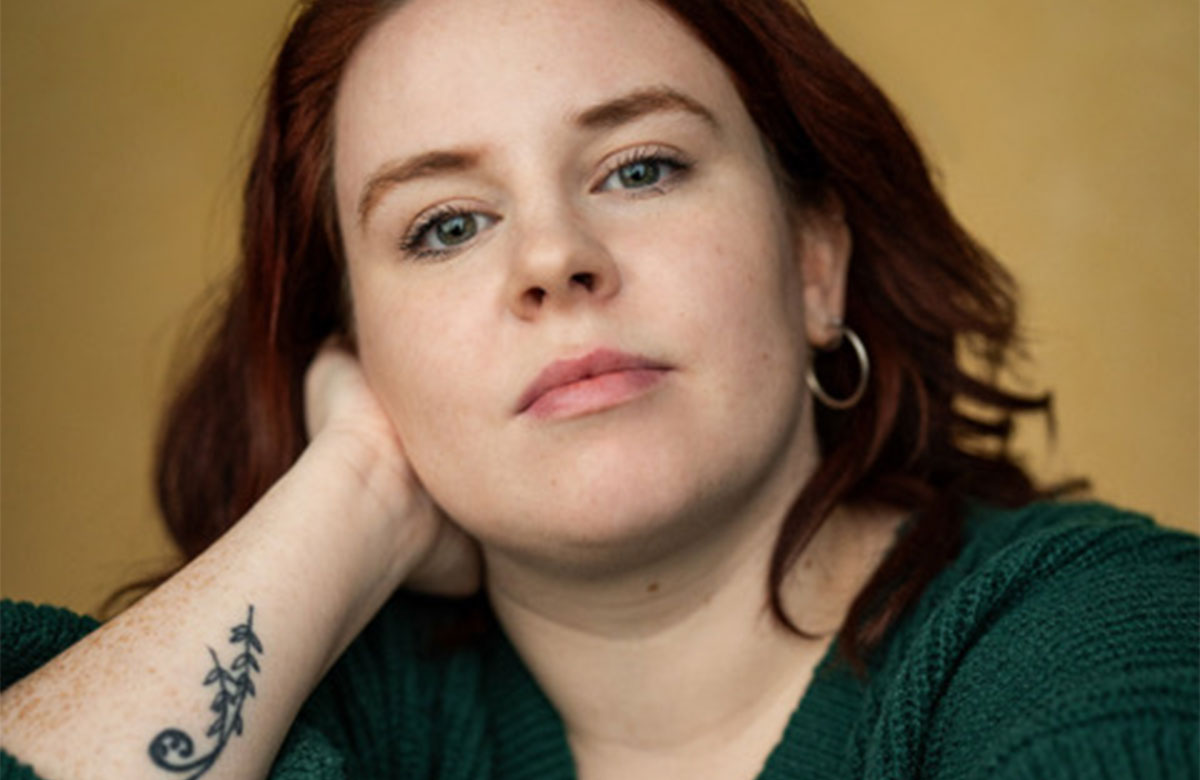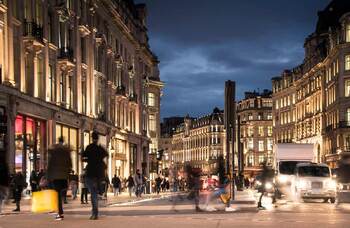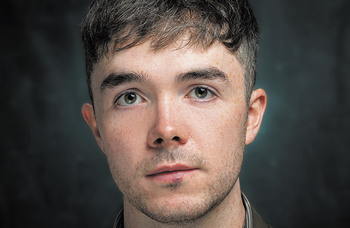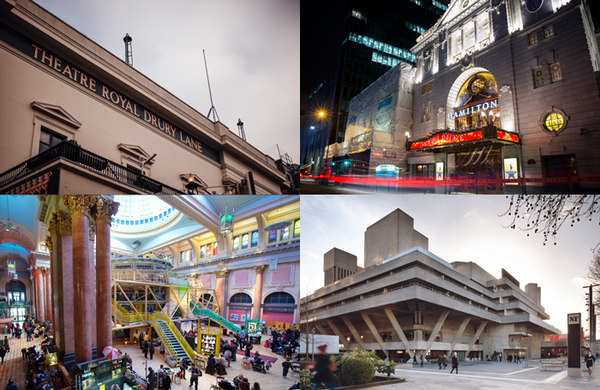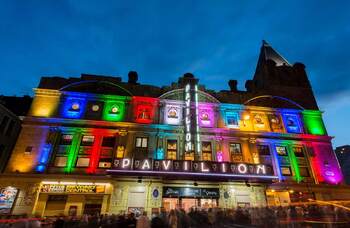The loss of Trafalgar Studios 2 leaves a void for fresh talent in the West End
I’m slightly ashamed to admit this, but when I heard last week’s grim news about Nuffield Southampton Theatres going into administration, the first thing that sprang to mind was The Sooty Show.
Now I realise in its fights for the Nuffield’s survival that is not the first production the management team will be highlighting but, for better or worse, it was the first show I saw there on my first ever theatre trip. Well, we all have to start somewhere. For the record, I felt the title character paled beside the more vital work of supporting actor Sweep, which is possibly why, decades later, I ended up judging supporting actors for Equity’s Clarence Derwent Awards, but that’s another story.
The point is that for dedicated theatregoers, individual theatres carry specific associations. For me, Basingstoke’s Haymarket Theatre will forever be the home of my stage debut: it was the school nativity play, I was eight and gave my Unnamed Shepherd with Chime Bar. (Returning years later, I was bitterly disappointed by the lack of a plaque or reference of any kind to my performance.)
Cheltenham Everyman, meanwhile, will always be the place where, because a friend was in it, I happened to catch John Doyle’s 1986 European premiere of Sondheim’s 1964 flop Anyone Can Whistle. Which brings me to the thorny question of London’s Trafalgar Studios.
As reported in these pages, this twin-auditorium theatre – 380-seat main house and 100-seat studio – is to return to its former state as a single 630-seat auditorium.
Let’s hope the innumerable new theatre spaces that were being planned before the shutdown don’t also fall victim to the coronavirus
The theatre was converted in 2004 but despite seeing heaps of good shows there, my immediate thought whenever I set foot in the building is the lyric: “Jane, Jane / Sex on a train.” That seemingly deathless line, moaned by, it seemed, a cross between models for an underwear catalogue and actors in a Persil ad, was delivered to the aforementioned leading lady en route to “adventure” in the utterly grisly nude musical Voyeurz.
That 1996, camp-free confection mercifully didn’t last long, as might be expected of what was described by the Independent’s theatre critic, ie, me, as “this ludicrous farrago”, but I do remember exactly where I sat. I was behind someone with long, streaked hair in a Prince-of-Wales-check suit (nice) made of PVC (not so much). Said someone turned out to be Peter Stringfellow. To avoid his head, I distinctly remember being able to move easily in my seat and that feeling of comfort has been missing from the venue ever since it was reconfigured.
Studio 1 has provided a West End home for mid-scale work, including Richard Eyre’s masterly Almeida production of Ghosts with Lesley Manville, successive productions by the Jamie Lloyd Company including James McAvoy’s Macbeth, Bristol Old Vic’s The Grinning Man and National Theatre transfers including Nine Night.
Studio 2 was usefully up-close-and-personal
Downstairs, tiny Studio 2 has hosted jewels including the Old Red Lion transfer of Moses Raine’s Donkey Heart and Roisin McBrinn’s superb production of Novecento, which was part of the West End season for young directors who trained at Michael Grandage’s Donmar Warehouse.
Yet despite such triumphs, plus the dozens of other small-scale shows that were given vital media profile by being presented in the geographical area of the West End, facts must be faced.
Studio 2 was usefully up-close-and-personal but it was a notoriously low-ceilinged, black box space that constrained design teams and had a seating capacity that militated against almost anything but solo shows or two-handers.
As for Studio 1, the auditorium rake was forbiddingly vertiginous. Critics were routinely placed close to the stage where the rake felt manageable, but the rest of the audience was seated at an increasingly perilous angle. You didn’t have to be either unusually tall or wide to feel less than stable – and when an audience is physically uncomfortable it badly affects how they watch a show. Unlike the equally horribly raked the Other Palace, there are no reported incidents of audience members falling down the stairs on either side but, frankly, I’m surprised.
Returning the venue to its 630-seat Grade-II listed original configuration will add to the West End’s much-sought-after stock of mid-scale houses for plays, usefully bigger, financially, than the Fortune (432), the Duchess (479) and the Criterion (588) and only just shy of the next size up, the Duke of York’s (640).
But losing Studio 2 will, undoubtedly leave a gap for a home for fresh talent and new writing that doesn’t aspire to the arguably outdated condition of the West End proscenium arch.
Let’s hope the innumerable new theatre spaces that were being planned before the shutdown don’t also fall victim to the coronavirus. London needs central, versatile small spaces for the new, the daring and the different.
Opinion
Recommended for you
More about this organisation
Advice
Recommended for you
Most Read
Across The Stage this weekYour subscription helps ensure our journalism can continue
Invest in The Stage today with a subscription starting at just £7.99
 David Benedict
David Benedict